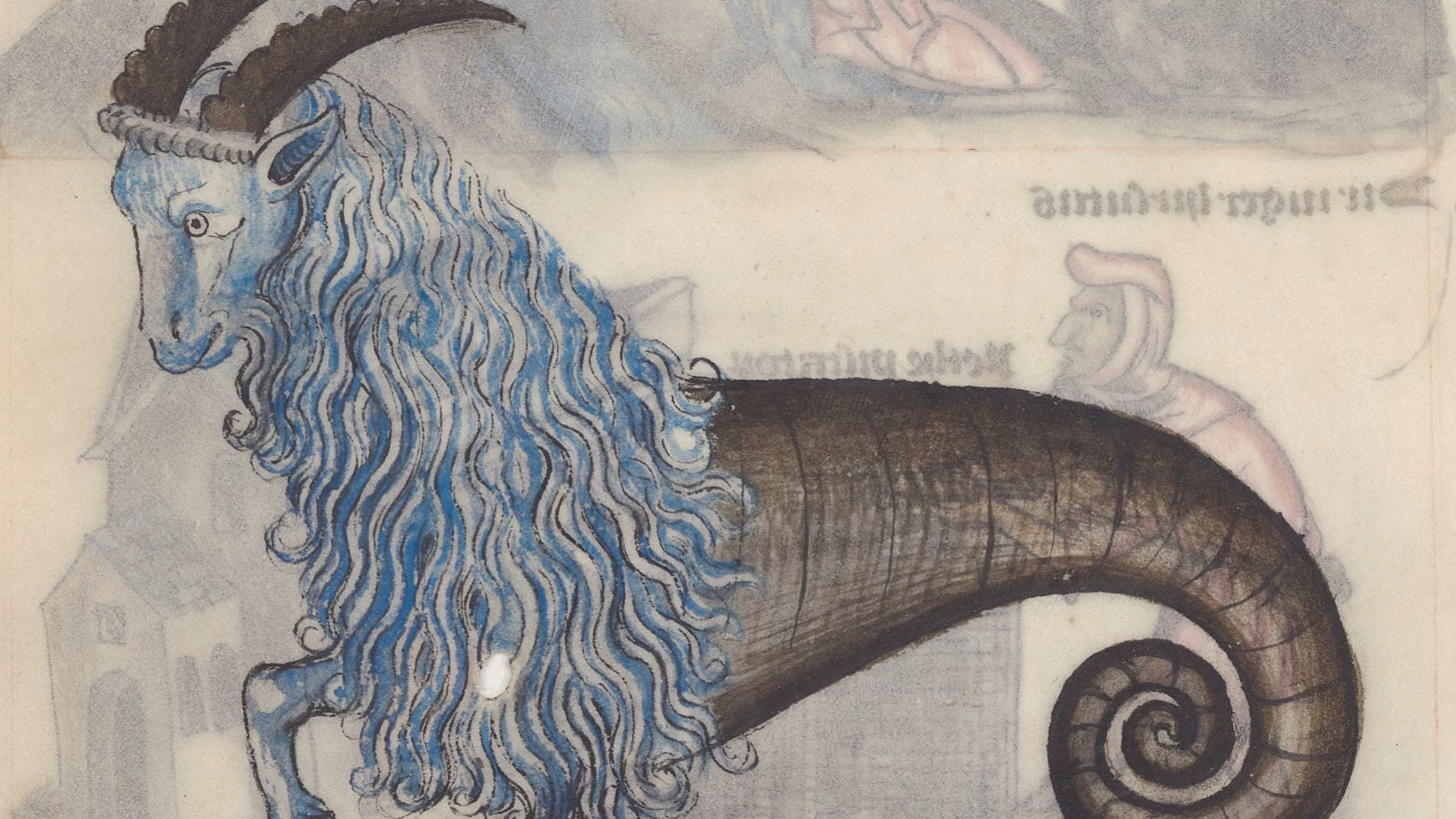CAA Annual Conference – Multiple Cosmologies: Celestial Imagery in the Medieval and Early Modern World

Detail of folio 30R of Georgius Zothorus Zaparus Fendulus’s Liber astrologicae (ca. 1401–1500) in the Bibliothèque nationale de France (artwork in the public domain)
CAA Annual Conference
New York Hilton Midtown
2nd Floor, Bryant Suite
“What does it mean to orient oneself in space?” Aby Warburg sought to answer this question through images of the stars, planets, and cosmos. For Warburg, these images were spaces that mediated between individuals and a complex set of relationships, allowing viewers to place themselves psychologically in relation to multiple geographies, temporalities, and genealogies. Images of the cosmos did not reduce complexity, but dialectically negotiated pluralities.
Recent scholarship has enriched our understanding of the sociocultural and intellectual spheres in which medieval and early modern celestial imagery was produced. Yet, it often reduces the complexity of these images. For instance, in the persistent narrative of East/West knowledge “transfer,” images are read as embodiments of abstract ideas, while specific geographical and chronological points are selected to construct a Eurocentric narrative of scientific renaissance. Instead, we must acknowledge the image’s multiplicity: images as material objects, not essential ideas, produced for and by active agents, circulated along networks and part of complex power dynamics. Images of the celestial spheres emerge as dynamic spaces, through which viewers, patrons, and producers negotiated multiple sociocultural landscapes.
Among the topics this panel will consider include: images in motion; negotiating intercultural exchange in political and intellectual spheres; images constructing relations across multiple identities in a single place; images and their texts in translation, as well as the renegotiations that accompany such movement; rethinking narratives of image/knowledge “transfer.” Cosmic imagery offers new insights when considered as part of a complex constellation that is earthly as well as celestial.
Chair
Anna Theresa Majeski, American Academy in Rome and Institute of Fine Arts, New York University
Papers
Eric Ramírez-Weaver, University of Virginia
A Bohemian Vision of al-Sufi’s Astronomical Tradition: Clusters of Islamic Influence North and South of the Alps
Mari Y. Hara, Cooper Union and Columbia University (2014 Fellow)
Astronomy as Middle Ground: Jesuit Celestial Maps and Cross-Cultural Trust in Late Ming China
Anna Theresa Majeski, American Academy in Rome and Institute of Fine Arts, New York University
From Cethyn to Sicily: The Worlds of Georgius Fendulus’s “Liber astrologicae”
Response
Benjamin Anderson, Cornell University
Multiple Cosmologies: Comparison Beyond Culture
This panel is made possible in part by the Fellows Project Fund of the American Academy in Rome.